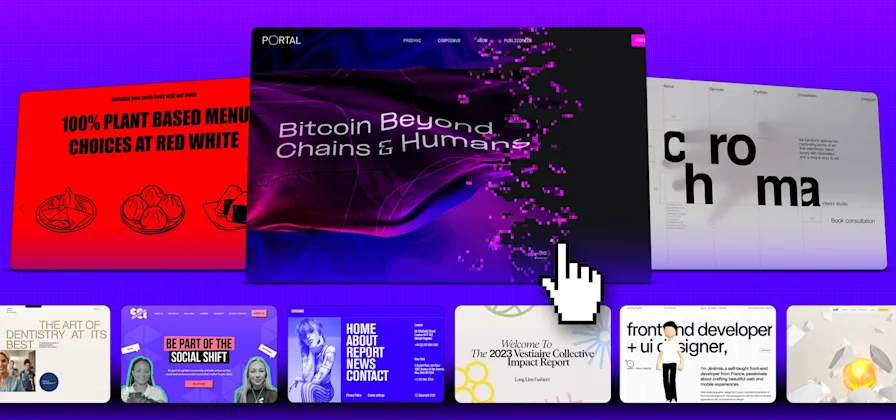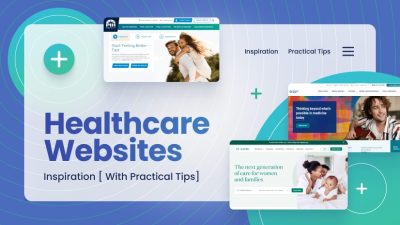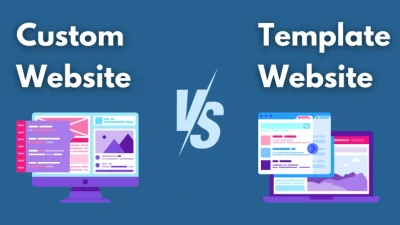Introduction
Web design is constantly evolving, shaped by technological advancements, user expectations, and cultural shifts. As we step into 2025, the digital landscape is more immersive, intelligent, and user-centric than ever before. For businesses, designers, and developers, staying ahead of the curve means understanding what’s trending—and what’s fading. Let’s see Web Design Trends for 2025.
In this blog, we’ll explore the top web design trends that are defining 2025, what’s gaining momentum, and what’s becoming outdated. Whether you’re planning a redesign or launching a new site, these insights will help you create experiences that are modern, meaningful, and memorable.
🔥 What’s Hot in 2025
1. AI-Powered Personalization
Websites are no longer static experiences. With AI and machine learning, sites can adapt in real time to user behavior, preferences, and context.
- Dynamic content based on browsing history
- Personalized product recommendations
- Adaptive layouts for different user personas
Why it matters: Personalization boosts engagement, conversion, and loyalty.
2. Voice-Activated Interfaces
With the rise of smart assistants and voice search, websites are integrating voice commands for navigation and interaction.
- Voice-enabled search bars
- Conversational interfaces
- Accessibility enhancements
Why it matters: Voice UX improves accessibility and offers hands-free convenience.
3. Dark Mode and Dynamic Themes
Dark mode is now a standard feature, but 2025 brings dynamic theming—where users can customize the look and feel of a site.
- Light/dark toggle
- Seasonal or mood-based themes
- Brand-aligned color personalization
Why it matters: Enhances user comfort and brand engagement.
4. 3D and Immersive Visuals
Thanks to WebGL and faster internet (hello, 5G), 3D elements are becoming mainstream.
- Interactive product models
- 3D backgrounds and transitions
- AR-ready interfaces
Why it matters: Adds depth and realism, especially in e-commerce and education.

5. Micro-Interactions and Motion UI
Subtle animations guide users, provide feedback, and make interfaces feel alive.
- Button hover effects
- Loading animations
- Scroll-triggered transitions
Why it matters: Improves usability and delight without overwhelming.
6. Minimalist and Content-First Design
Clean layouts with generous whitespace and focused messaging are dominating.
- Typography-led interfaces
- Fewer distractions, more clarity
- Mobile-first simplicity
Why it matters: Enhances readability and user focus.
7. Privacy-Centric UX
With growing awareness of data privacy, websites are being designed to be transparent and respectful.
- Clear cookie consent interfaces
- Zero-party data collection
- Privacy dashboards
Why it matters: Builds trust and complies with global regulations.
8. Accessibility as a Core Feature
Accessibility is no longer optional—it’s a design priority.
- Voice navigation
- Keyboard-friendly layouts
- High-contrast modes
Why it matters: Inclusive design reaches more users and improves SEO.
9. Edge-Optimized Performance
With edge computing, websites load faster and respond in real time.
- CDN-integrated assets
- Serverless functions
- Real-time personalization
Why it matters: Enhances speed, security, and scalability.
10. Sustainable Web Design
Eco-conscious design is gaining traction, focusing on energy efficiency and digital minimalism.
- Lightweight code
- Reduced server load
- Green hosting solutions
Why it matters: Aligns with global sustainability goals and user values.

❌ What’s Not Hot in 2025
1. Overloaded Homepages
Cluttered layouts with too many CTAs, sliders, and pop-ups are fading fast.
Why it’s out: Users want clarity and speed, not confusion.
2. Generic Stock Imagery
Authenticity is key. Users can spot generic visuals instantly—and they disengage.
Why it’s out: Real photos, illustrations, and branded visuals perform better.
3. Flashy Parallax Scrolling
Once trendy, parallax effects are now seen as gimmicky and performance-heavy.
Why it’s out: Often hurts accessibility and mobile UX.
4. Auto-Playing Media
Videos or audio that play without consent are being phased out.
Why it’s out: Disruptive and often violates accessibility standards.
5. Hidden Navigation Menus
Hamburger menus on desktop or overly complex nav structures are losing favor.
Why it’s out: Users prefer visible, intuitive navigation.
6. Overuse of Pop-Ups
Aggressive pop-ups for subscriptions or promotions are being replaced with subtle modals and slide-ins.
Why it’s out: Interrupts flow and frustrates users.
7. Heavy JavaScript Frameworks for Simple Sites
Lightweight frameworks and static site generators are replacing bloated JS libraries.
Why it’s out: Performance and simplicity are prioritized.
8. Ignoring Mobile UX
Designing desktop-first is outdated. Mobile-first is the new standard.
Why it’s out: Mobile traffic dominates, and poor mobile UX hurts SEO.

🧠 Tips for Staying Ahead
- Audit your site annually for design relevance and performance.
- Follow accessibility guidelines like WCAG 2.2.
- Use analytics and heatmaps to understand user behavior.
- Test across devices and networks, especially mobile and low-bandwidth.
- Collaborate with developers and marketers to align design with business goals.
🔮 Looking Ahead: Web Design in 2026 and Beyond
- AI-generated layouts based on user behavior
- Emotionally aware interfaces that adapt to mood
- Zero UI experiences with voice, gesture, and ambient interaction
- Decentralized design systems powered by blockchain
- Hyper-personalized microsites for individual users
Conclusion
Web design in 2025 is all about speed, empathy, and intelligence. The best websites are not just beautiful—they’re responsive, inclusive, and emotionally resonant. By embracing the trends that matter and letting go of outdated practices, businesses can create digital experiences that truly connect.
Whether you’re a designer, developer, or business owner, now is the time to rethink your web presence and align it with the future of user experience.





